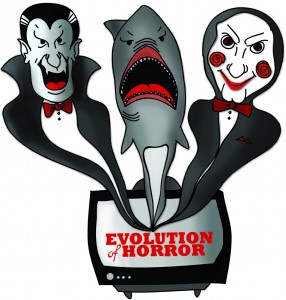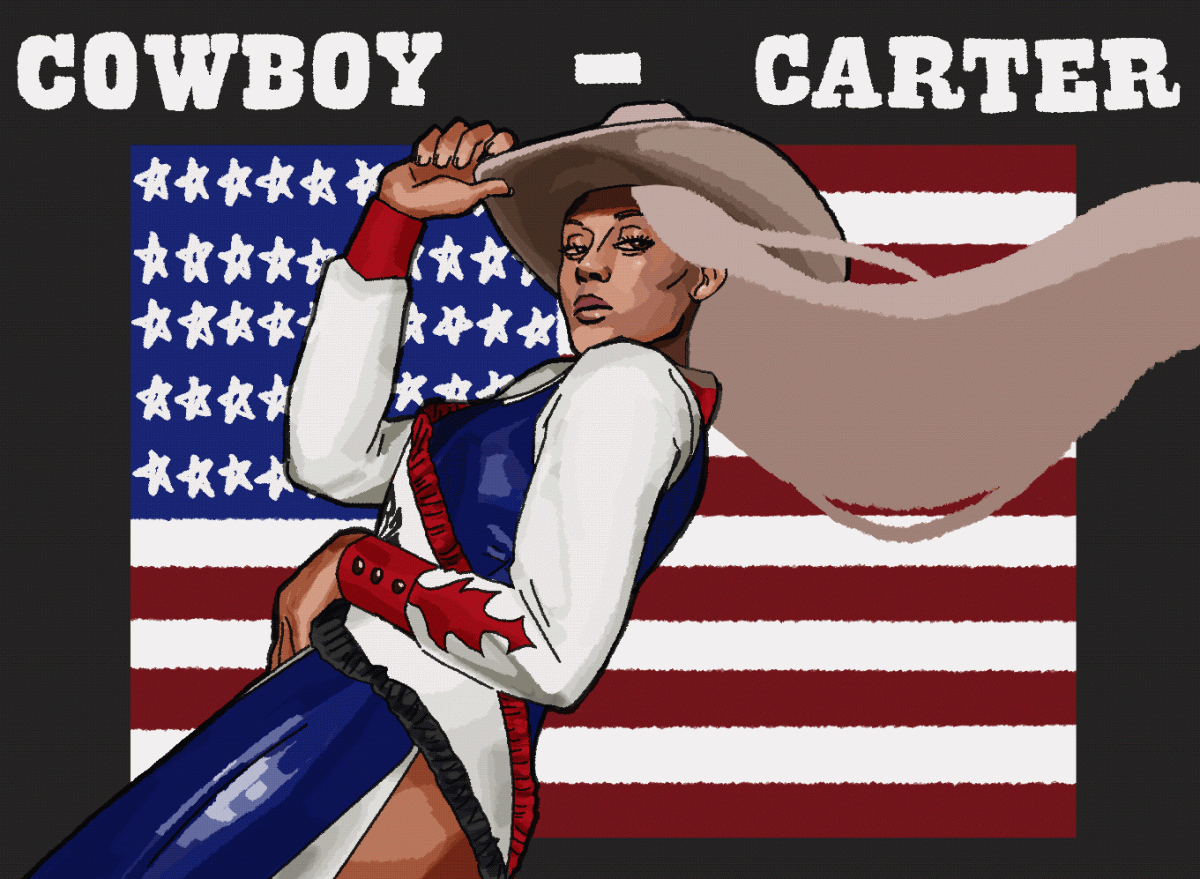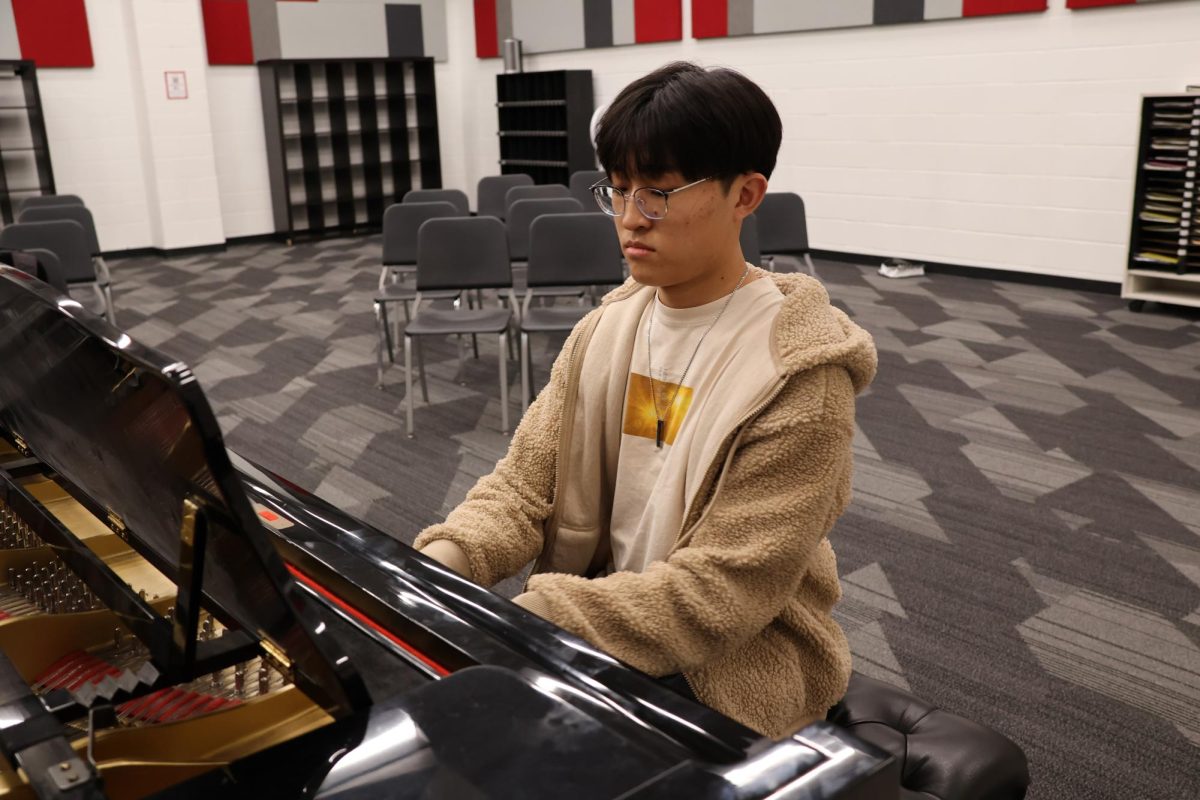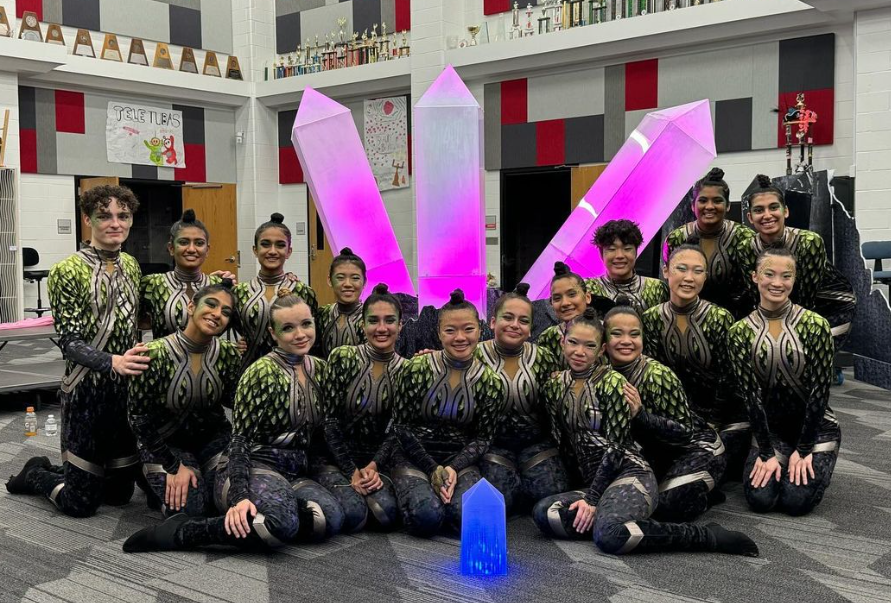By Corrina Taylor
Staff Writer
A camera zooms in on a single coffin in the midst of a dark labyrinth. In the distance smoke rises from the earth, gently billowing across the dirt floor.Just as the coffin comes into full view a shaky, sickly looking hand reaches out from within as it begins to open. Frightened animals turn away and hide in the cold stonewalls of the chamber. Dracula has risen.
The original Dracula was released in 1931 and was the groundwork for future horror films. It was during that time period that classic horror movies were released, such as Dr. Jekyll and Mr. Hyde, Frankenstein and Dracula. These films had nowhere near the technological advancements that we have today, yet filmmakers were still able to strike fear into the hearts of its viewers.
With the use of chilling scenery and luminous actors, these films stirred suspense within viewers and changed their perceptions of dark alleys with cloaked men, now appearing to be blood thirsty savages or deformed bodies and souls, ready to attack them.
It was not until the 40s when The Wolf Man was released that horror movies began to rely extensively on the use of costume design and makeup in order to procure a movie capable of terrifying its audience. With the release of The Wolf Man spectators were exposed to a different type of horror, one that lurked behind the costume, something never before seen.
The coming of the full moon brought the transition from man to werewolf and a great deal of time and effort to go into the cosmetics. The shock of seeing this on screen prompted future films to use dramatic costumes.

The release of The Creature from the Black Lagoon, and the historical Godzilla followed in the footsteps of The Wolf Man through extensive design to create the monsters. Compared to today’s standards, the creatures in the films may look silly, but back then they were terrifying.
Horror films also introduced psychosomatic fear, such as the fear of getting into a large body of water because beneath the waves lay the unknown. This tormented the mind more than other films had.
Psychological fear was introduced and exploited in the 60s with the appearance of films such as Psycho, The Birds, and It!. Psycho featured a man so warped emotionally that he believed he was under the control of his mother, the plot twist and dramatic ending left audiences with eerie feelings. This led to the next step up, making the audience fear the most innocent things.
Little girls would not normally elicit terror, unless their head is spinning and they are spewing up green vomit. Movies in the 70s turned innocent things such as little girls and oceans into primary candidates for tragedy to occur. After viewing movies in the 70s the ocean became a place of peril and little girls an opportunity for demons to take over.
“The Exorcist for me is still the most disturbing frightening movie I have ever seen,” English teacher Matthew Bowden said, “It wasn’t gory, no one is getting dismembered there are only a couple of scenes that are disturbing. The bottom line is an innocent 12 year old girl whose body is taken over by Satan, that’s what’s frightening.”
Jaws, and The Exorcist continued to follow the inner fear used in previous films, but it also started to introduce a sense of gore. This was continued when The Texas Chainsaw Massacre was released; the extensive use of blood and violence shocked the world and would soon bring a decade of gore, for now the focus of horror films was jumbled.
Gore, ghosts and madness were themes of the 80s; the huge franchise of Friday the 13th was introduced dripping with blood throughout the film. The Poltergeist presented the use of ghosts in horror films, and The Shining brought horror films back to the psychological fear.
To see a man slowly go insane was just as bad as watching a man realize he was dead. Following The Shining was The Sixth Sense, two of the most mentally disturbing films of all time. These films single-handedly produced a mental fear in the viewer’s mind that would stick with them for all time.
Keeping up with the mentally distressing films brought Silence of the Lambs. This film used the same tactics as Dracula by featuring a terrific actor that truly captured the role of a psychopathic serial killer. The movie would not have been the same if it did not have Anthony Hopkins; such as Dracula would not have been the masterpiece it was if it had not included Bela Lugosi.
“There is something unique about Hannibal Lector’s character different than any Freddy or Jason; he is a very disturbing character in the new sense because there is no other character like him,” junior Roberto Williams said. “The performances [in Silence of the Lambs] were stellar. It won best actor, best actress and best picture. It says a lot about the movie, not just that it’s a good horror movie, but that it is a good movie all around.”
Since the 2000s, it seems like the horror franchise has depended on heavy usage of gore and special features. The old days of subtle fear through acting or design are in the past. The Saw films have permanently changed horror films; they incorporate torture in twisted ways that has never been seen before.
There are still some psychological films that are more elusive in the manner in which they captivate and scare their audience, such as Shutter Island which makes the spectators think throughout the film and at the end left with more questions.
Other special features include the Paranormal Activity movies, which feature home videos of “actual events.” The usage of special features to elicit the actual fear in the movies is far different then the tactics used in the past.
“Paranormal Activity is great quality suspense, and is probably the best of the best; the whole time you get involved with the characters,” senior Stephen Milligan said. “You become emotionally oriented in the film and when something happens you get that much hurt. It keeps you focused.”
With time come changes. Before the 2000s zombies were a rarity. Now zombie movies and shows are hard to escape. Horror films are a controversy; each film is different and appeals to different people. Over time they have evolved considerably. Though they can never lose their roots, the classics in the 30s set the bottom line for horror films and will not be forgotten.
Horror will never truly be able to close the lid on Dracula’s coffin; there will always be a film that reflects the old movies even if it is through remakes. Horror films will be around to “bid you welcome” to all potential and current viewers.














